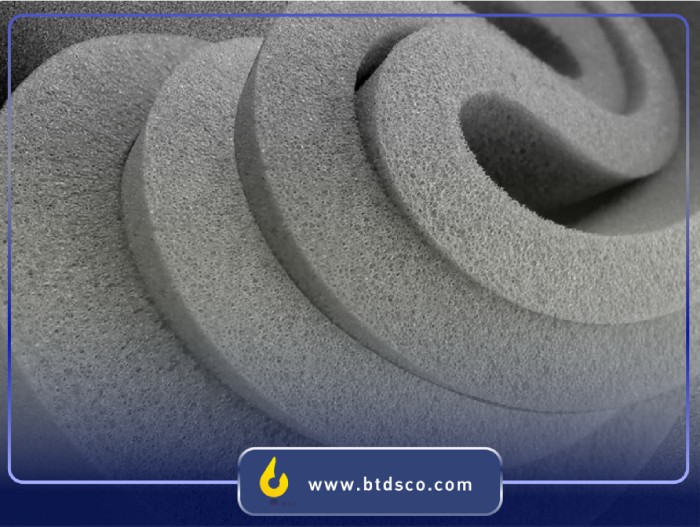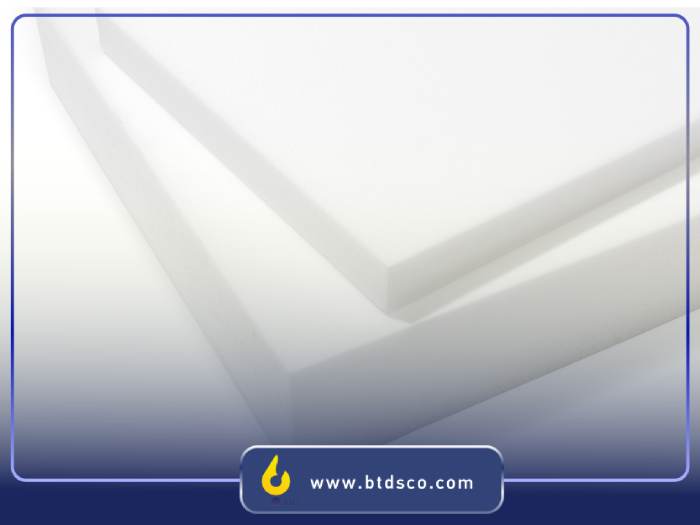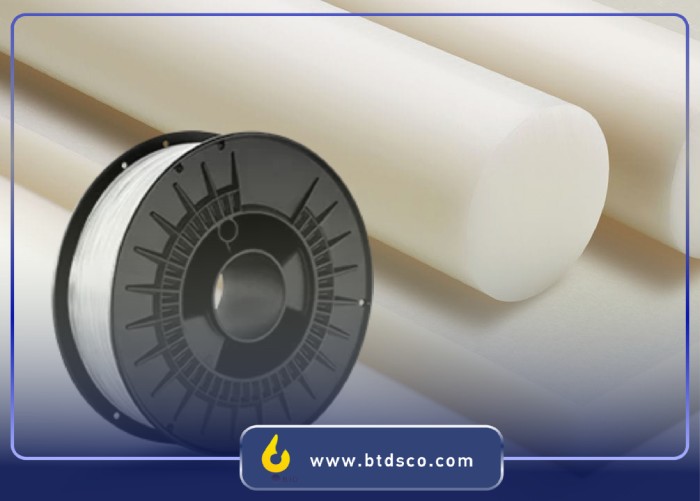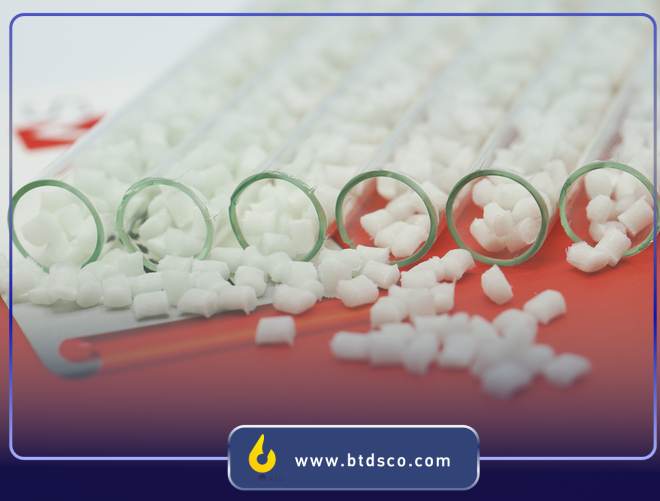Introduction to Wood Imitation Foam

In an era where sustainability and innovation drive material science, wood imitation foam stands out as a transformative solution for industries seeking eco-friendly alternatives to natural wood. As of 2025, with growing concerns over deforestation, climate change, and resource depletion, wood imitation foam, primarily composed of polyurethane—has evolved into a cornerstone material for construction, furniture, interior design, and beyond. This synthetic polymer not only replicates the aesthetic appeal of wood but also surpasses it in durability, versatility, and
environmental impact
polyurethane formulations, has been at the forefront of this evolution. Specializing in high-quality polyols for wood imitation foam, the company offers products that align with modern demands for fire-retardant systems and customizable densities. Their formulated polyols are designed for wood-patterned polyurethane foam, available in grades like B1, B2, and B3 (normal), catering to densities from 160 to 500 kg/m³—correcting the common unit error from cm³ for accuracy in technical contexts. This update explores the latest advancements, technical parameters, applications, and benefits of wood imitation foam, providing a comprehensive guide for professionals and enthusiasts alike.
The rise of wood imitation foam is tied to global shifts toward circular economies and bio-based materials. Recent studies from 2024 and 2025 highlight advancements in non-isocyanate polyurethanes (NIPUs) and bio-derived polyols, reducing reliance on petrochemicals and enhancing recyclability.
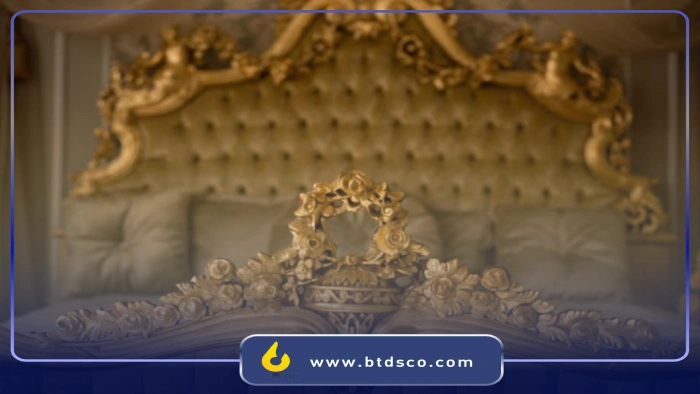
What is Wood Imitation Foam?
Wood imitation foam, often referred to as polyurethane foam engineered to mimic wood, is a high-density synthetic material that captures the texture, grain, and visual essence of natural wood while offering superior mechanical properties. Synthesized through the reaction of polyols and isocyanates, it forms a rigid or semi-rigid structure ideal for molding into complex shapes. Unlike traditional wood, which is harvested from forests and susceptible to biological degradation, wood imitation foam is produced in controlled environments, minimizing waste and resource consumption.
At its core, wood imitation foam is a polyurethane-based polymer. The process involves foaming agents that create cellular structures, allowing for lightweight yet strong compositions. Baspar Tose’e Davam Shimi’s polyols are pivotal here, providing the base for formulations that achieve wood-like aesthetics through pigmentation and texturing techniques. In 2025, innovations such as bio-based polyols from lignocellulosic biomass have further refined this material, making it more sustainable. For instance, recent research on cellulose-derived polyols has enabled foams with enhanced thermal insulation and mechanical strength, aligning with Baspar’s commitment to R&D.
This foam's versatility stems from its ability to be injection-molded, sprayed, or cast, enabling intricate designs that natural wood struggles to achieve without extensive labor. It's not just an imitation; it's an upgrade, blending beauty with functionality in ways that protect ecosystems.
Characteristics of Wood Imitation Foam
Wood imitation foam boasts a suite of characteristics that make it indispensable in modern applications. Its lightweight nature—typically ranging from 160 to 500 kg/m³—facilitates easy handling and transportation, reducing logistical costs compared to dense hardwoods.
Durability is a hallmark: resistant to impacts, scratches, and deformation, it outperforms wood in high-traffic environments. Moisture resistance prevents swelling, rotting, or mold, ideal for humid climates or wet areas like kitchens and bathrooms. Temperature stability ensures it withstands extremes from -40°C to 80°C without warping, a common issue with natural wood.
Environmental resistance extends to pests; unlike wood, it's impervious to insects and fungi, eliminating the need for chemical treatments. Customizability is key—Baspar Tose’e Davam Shimi offers polyols that allow adjustments in hardness, flexibility, and color. Additives like pigments and UV stabilizers ensure long-lasting aesthetics.
In terms of fire safety, the company's B1, B2, and B3 systems provide varying levels of retardancy, complying with global standards. Recent advances in halogen-free flame retardants, such as DOPO derivatives, have been incorporated into formulations, enhancing safety without environmental harm.
Sustainability features prominently in 2025 updates: bio-based variants reduce carbon footprints, with some foams achieving up to 50% renewable content. Mechanical properties include high compressive strength (up to 5 MPa) and tensile modulus, making it suitable for load-bearing uses.

Technical Parameters Influencing Polyol Properties in Wood Imitation Foam
The performance of wood imitation foam hinges on the polyol's technical parameters. Baspar Tose’e Davam Shimi's polyols are engineered for optimal reactivity, viscosity, and hydroxyl value, directly impacting foam density, cell structure, and final properties.
Key parameters include:
- Hydroxyl Number (OH Value): Typically 300-500 mg KOH/g, determining cross-linking density for rigidity.
- Viscosity: 1000-3000 mPa·s at 25°C, ensuring easy mixing and flow during foaming.
- Acid Number: Below 2 mg KOH/g to prevent unwanted reactions.
- Water Content: Less than 0.1% to control foaming consistency.
For spray applications, polyols with low vapor pressure and high reactivity are preferred, achieving rise times of 10-20 seconds. Densities from 160 kg/m³ (lightweight decor) to 500 kg/m³ (structural elements) are tunable via blowing agents like water or HCFCs.
Fire-retardant systems: B1 (self-extinguishing), B2 (low flammability), B3 (standard) incorporate phosphorus or nitrogen compounds. Recent 2024-2025 research on NIPUs eliminates isocyanate toxicity, with Baspar exploring similar eco-formulations.
Thermal conductivity (0.02-0.04 W/m·K) and compressive strength (0.5-10 MPa) vary with density, influenced by polyol molecular weight (400-2000 g/mol). These parameters ensure wood imitation foam meets ISO and ASTM standards.
Applications of Wood Imitation Foam
Wood imitation foam's applications span diverse sectors, leveraging its wood-like appearance and enhanced properties.
In decorative foam, it's used for moldings, cornices, and architectural accents in homes and commercial spaces, offering intricate designs without wood's weight.
For interior design foam, it crafts wall panels, furniture frames, and flooring, allowing creative freedom with custom textures.
In construction foam, it forms beams, panels, and insulation, improving energy efficiency with low thermal conductivity.
As wood-like materials for furniture, it produces cabinets, tables, and chairs that are lighter and more durable, reducing shipping costs.
In transportation, it's applied in vehicle interiors, dashboards, and trims, resisting wear and moisture.
Emerging uses include automotive parts and marine applications, where corrosion resistance shines. Baspar’s polyols enable these through tailored formulations.
Advantages Over Natural Wood
Wood imitation foam excels in environmental impact, cost-effectiveness, and maintenance.
Environmental Benefits: Synthetic production curbs deforestation; bio-based options cut emissions by 30-50%. Longevity reduces waste.
Cost-Effectiveness: Lower material and labor costs, with faster production cycles.
Ease of Maintenance: Resistant to stains and scratches, requiring simple cleaning.
Compared to wood, it's more consistent, avoiding natural variances.
Recent Advances in Wood Imitation Foam
2024-2025 has seen breakthroughs in sustainability. Bio-based polyols from lignin and cellulose enhance eco-friendliness, as per studies in Polymers journal. NIPUs avoid toxic isocyanates, improving safety. Flame-retardant innovations like P/N/Si systems boost performance. Recycling methods convert waste foam into new materials, supporting circular economies. Baspar integrates these for greener products.
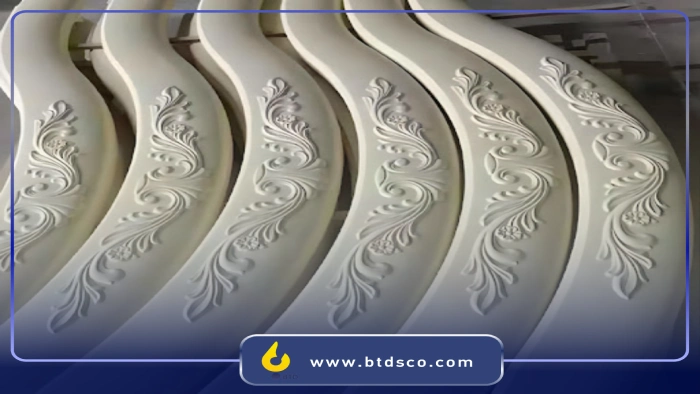
Conclusion
Wood imitation foam represents the future of sustainable materials, blending wood's charm with polyurethane's prowess. Baspar Tose’e Davam Shimi's innovations ensure high-quality, eco-friendly options. As industries embrace green technologies in 2025, this foam will continue to thrive, protecting forests while delivering unmatched performance.
Frequently Asked Questions in Wood Imitation Foam
What is wood imitation foam made of?
Is wood imitation foam environmentally friendly?
What densities does it offer?
How does it compare to real wood in durability?
Recent Articles
